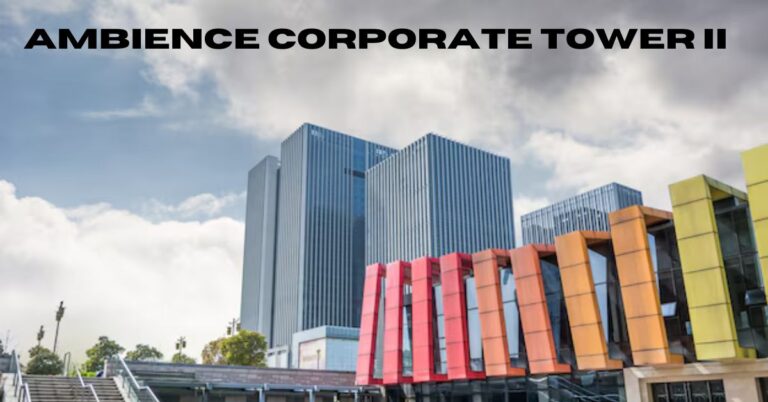https://noticviralweb.blogspot.com/2024/04/consejos-erp-empresa.html
Implementing an Enterprise Resource Planning (ERP) system is a transformative endeavor that can significantly enhance a company’s efficiency, productivity, and profitability. However, the complexity of such implementations necessitates meticulous planning and execution. This article delves into the best practices for successful ERP implementation, providing a comprehensive guide for organizations aiming to optimize their business processes. For further insights, visit https://noticviralweb.blogspot.com/2024/04/consejos-erp-empresa.html.
Understanding ERP Implementation https://noticviralweb.blogspot.com/2024/04/consejos-erp-empresa.html
An ERP system integrates various business functions—such as finance, human resources, supply chain, and customer relationship management—into a unified platform. The goal is to streamline processes and facilitate the seamless flow of information across the organization. However, the success of an ERP implementation hinges on several critical factors, including clear goal setting, effective project management, thorough training, and continuous improvement. For further insights, visit https://noticviralweb.blogspot.com/2024/04/consejos-erp-empresa.html.
Establishing Clear Goals and Objectives
The foundation of a successful ERP implementation lies in defining clear business objectives. Organizations must identify the specific processes the ERP system will impact and establish key performance indicators (KPIs) to measure success. For instance, a company might aim to reduce financial close times, improve inventory management, or enhance customer service. Setting these objectives provides a roadmap for the implementation process and ensures alignment with the organization’s strategic goals.
Forming a Dedicated Implementation Team
A cross-functional team is essential for managing the ERP implementation from inception to completion. This team should comprise representatives from various departments, including finance, operations, IT, and human resources, each bringing their expertise to the table. A project manager should oversee the implementation, ensuring adherence to timelines and budgets. This collaborative approach facilitates comprehensive planning and addresses potential issues from multiple perspectives. For further insights, visit https://noticviralweb.blogspot.com/2024/04/consejos-erp-empresa.html.
Conducting a Thorough Needs Assessment
Before selecting an ERP system, it’s crucial to conduct a detailed needs assessment. This involves analyzing current business processes, identifying areas for improvement, and determining the functionalities required in an ERP system. By understanding these needs, organizations can choose an ERP solution that aligns with their specific requirements, thereby enhancing the system’s effectiveness.
Selecting the Right ERP System and Implementation Partner
Choosing an ERP system that fits the organization’s needs is paramount. Factors to consider include functionality, scalability, user-friendliness, and cost. It’s also important to select an experienced implementation partner with a proven track record in the industry. A suitable partner can provide valuable insights and support throughout the implementation process, increasing the likelihood of success. For further insights, visit https://noticviralweb.blogspot.com/2024/04/consejos-erp-empresa.html.
Planning the Implementation Process
A detailed implementation plan is critical to guide the project. This plan should outline key milestones, timelines, resource allocations, and potential risks. By establishing a clear roadmap, organizations can monitor progress, manage resources effectively, and address challenges proactively. Regular reviews of the plan can help keep the project on track and ensure alignment with business objectives.
Providing Comprehensive Training
An ERP system’s effectiveness is contingent on user proficiency. Therefore, comprehensive training programs are essential to ensure employees can utilize the system effectively. Training should be tailored to different user roles and include hands-on sessions to build confidence and competence. Ongoing training opportunities can help employees stay updated with system upgrades and new features.
Testing the System Before Go-Live
Thorough testing is a non-negotiable step before the ERP system goes live. This includes unit testing, integration testing, system testing, and user acceptance testing. The goal is to identify and rectify any issues to ensure the system functions as intended. Involving end-users in the testing phase can provide practical insights and foster user acceptance.
Developing a Comprehensive Data Migration Strategy
Data migration is often one of the most challenging aspects of ERP implementation. A comprehensive strategy should include data cleansing, mapping, and validation processes to ensure data integrity and accuracy. Deciding between manual data entry and automated tools is crucial, with each method offering distinct advantages. Regardless of the approach, validating the data post-migration is essential to confirm its correctness. For further insights, visit https://noticviralweb.blogspot.com/2024/04/consejos-erp-empresa.html.
Establishing Effective Project Management and Governance
Effective project management and governance are vital to keep the ERP implementation on track. This involves setting up a clear project plan with defined milestones, responsibilities, and timelines. Regular monitoring of progress, risk identification, and issue resolution are key components. Robust governance mechanisms ensure accountability, transparency, and effective decision-making throughout the project.
Communicating Effectively
Clear and consistent communication is crucial during ERP implementation. All stakeholders, from executives to end-users, should understand the project’s objectives, progress, and their roles. Regular updates, meetings, and feedback sessions can facilitate transparency and foster a sense of ownership among employees. Effective communication helps manage expectations and ensures everyone is aligned towards common goals.
Planning for Post-Implementation Support
The ERP implementation journey doesn’t end at go-live. Organizations should have a plan for post-implementation support to address any issues that arise, provide ongoing training, and conduct regular system maintenance. This ensures the system continues to function effectively and evolves with the organization’s needs. Establishing a support structure can help in promptly addressing user concerns and maintaining system performance. For further insights, visit https://noticviralweb.blogspot.com/2024/04/consejos-erp-empresa.html.
Embracing Continuous Improvement
ERP implementation is an ongoing process. Organizations should continuously monitor system performance, solicit user feedback, and identify areas for improvement. Regular system audits, process reviews, and updates can help the organization adapt to changing business environments and leverage new functionalities. This commitment to continuous improvement ensures the ERP system remains a valuable asset over time.
Conclusion
Implementing an ERP system is a complex but rewarding endeavor. By following these best practices, organizations can navigate the challenges of ERP implementation and achieve significant improvements in efficiency and productivity. Clear objectives, effective project management, comprehensive training, and a commitment to continuous improvement are the cornerstones of a successful ERP implementation. With careful planning and execution, an ERP system can become a powerful tool in driving organizational success. For further insights, visit https://noticviralweb.blogspot.com/2024/04/consejos-erp-empresa.html.







